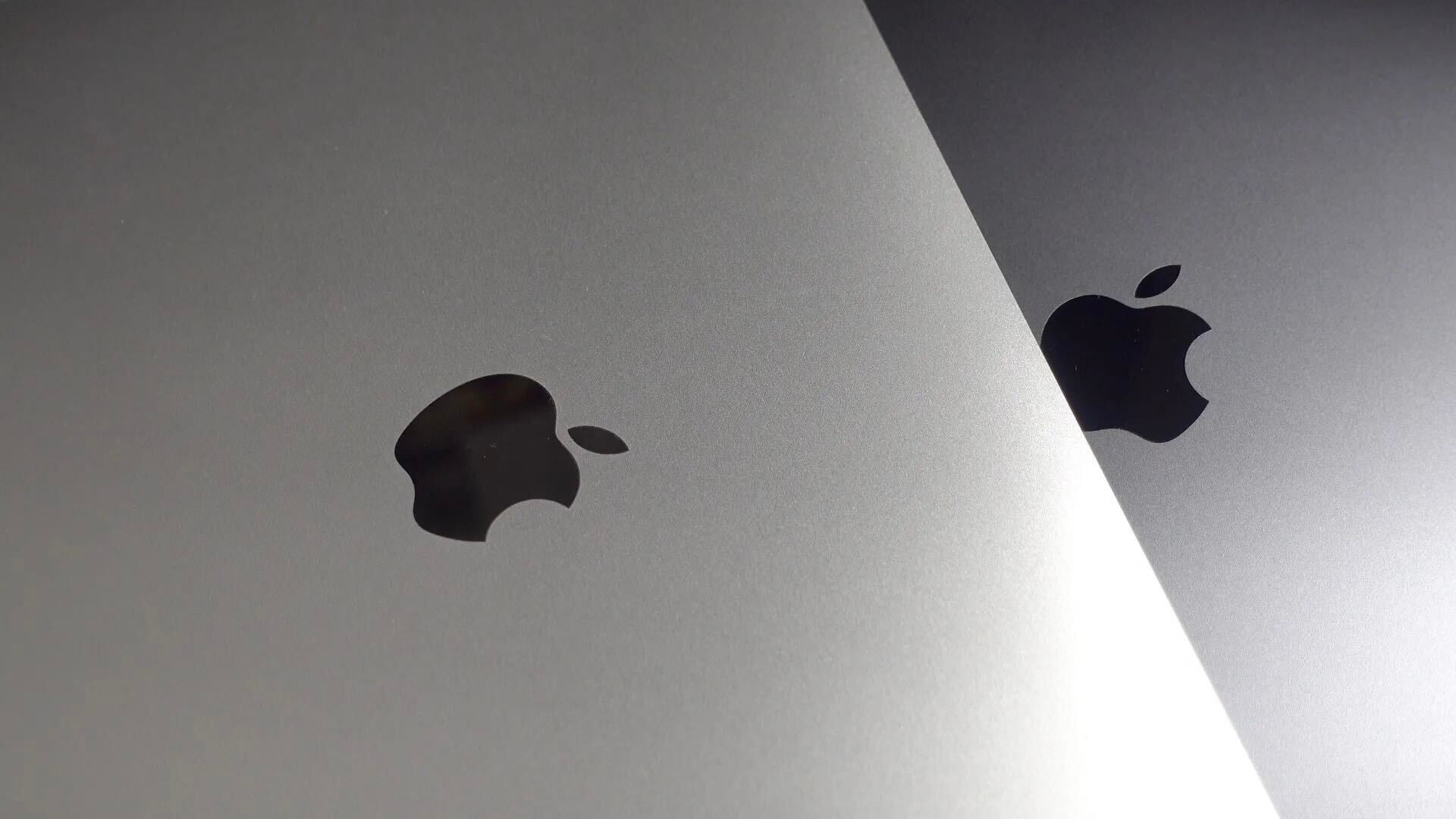How to calibrate Apple Watch to improve accuracy of calorie, distance, & other fitness data

Apple takes user submitted data for age, height, gender and weight to help it calculate the different data points it provides for workouts and activities, but there is also a way to calibrate Apple Watch to improve the accuracy of the data.
By initiating the calibration process, you can get more accurate readings for calorie, distance, Move, and Exercise estimations in the Watch’s Activity app, and also improved calculations in the Workout app.
By following the steps below, you’ll start calibrating the device’s accelerometer and improve Apple Watch’s accuracy by allowing it to learn your personal stride patterns at various speeds:
Expand
Expanding
Close




